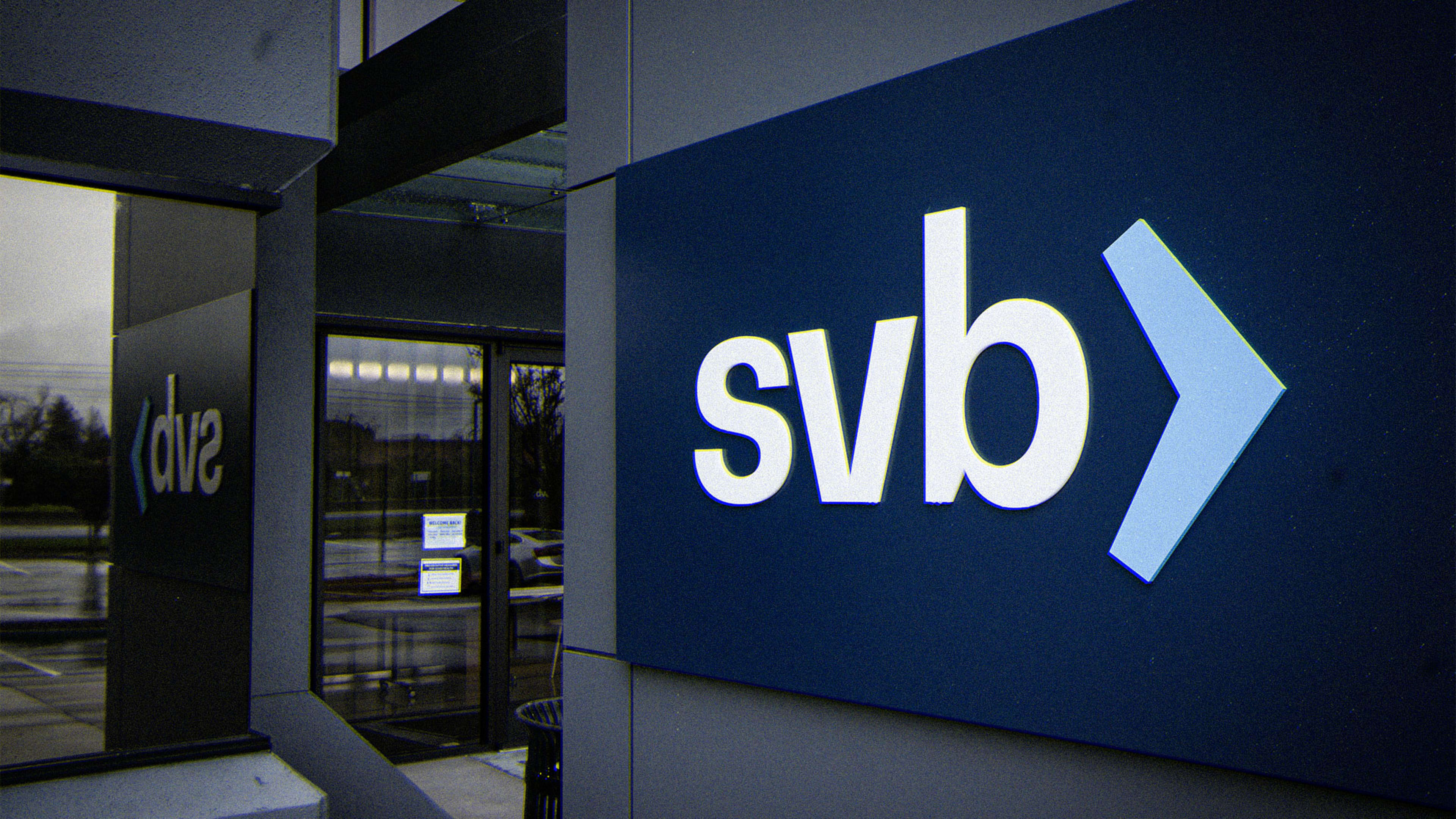The aftermath of Silicon Valley Bank’s collapse is still unfolding, and the bank is now under FDIC control, allowing insured depositors to access their money as of Monday morning. While that may help some of the bank’s thousands of corporate customers make payroll in the coming days, it may not provide as much comfort to its many employees, who are probably wondering what happens next.
At this point, it’s hard to say.
Silicon Valley Bank’s failure marks the second-largest bank collapse in American history, and the first of its size in roughly 15 years. The bank’s 17 branches, spread across California and Massachusetts, reopened Monday morning per the FDIC, and the bank’s employees are still needed to keep operations running. Even so, the bank could be looking at liquidation, or be auctioned off by the FDIC through a bidding process. The result could be SVB being absorbed by a larger institution, such as JPMorgan Chase, according to PitchBook.
Still, that leaves employees in a sort of limbo. Should they look for new jobs? Or wait the process out and see what happens? It could go either way. (Fast Company has reached out to Silicon Valley Bank for clarification on this matter.)
And it’s a stark possibility that some of SVB’s employees may see their professional lives upended. That’s what happened to many of Washington Mutual’s workforce when the company went belly-up in 2008 before being bought out by JPMorgan Chase. Tom McIntire, who recently retired and is now a full-time artist, was among the first wave of Washington Mutual layoffs. He says that he and many of his Seattle-area Washington Mutual colleagues had a challenging time after the bank failed and they lost their jobs.
“After I left WaMu, I was unemployed for a year and a half, and struggled to find any kind of work,” he says. He was in his fifties at the time, and says that the only jobs he could find tended to pay around half of what he was earning at Washington Mutual. As such, “I never recovered, financially,” from the bank’s collapse. “It seemed harder on some of the older people trying to get into the job market in Seattle, people in their forties and fifties, specifically—but if you were further up in the organization, you were able to move around a little bit and have more options,” he adds, saying that some senior managers were able to find new jobs at Seattle-area corporations like Microsoft or T-Mobile.
But for many mid- or low-level Washington Mutual employees? It was a difficult adjustment, McIntire says.
Washington Mutual was, and remains, the largest single bank to fail in U.S. history. But banks do and have failed in the years leading up to SVB’s collapse too. The most recent was Almena State Bank, a small Kansas-based financial institution that closed in October 2020. The FDIC put the bank’s assets up for auction, and a month or so later, it was acquired by Wichita, Kansas-based Equity Bank.
But unlike Washington Mutual, Equity Bank kept a relative handful of Almena State Bank’s employees onboard, and most of them still work there, says Equity Bank’s chairman and CEO, Brad Elliott. The circumstances surrounding the bank’s failure were quite different too.
“Almena did a lot of small business lending, and was a large SBA lender,” says Elliott. “They had a relationship that had a [check kite]—a customer floating checks from one institution to another,” he explains, which ultimately “took a big chunk out of its capital and started its demise.”
“It was one relationship that was fraud-related, and unrelated to the bank’s management and operations,” Elliott says, so Equity Bank was willing to place a bid on the bank, and ultimately came away with Almena’s $65 million or so in assets and deposits.
As for what the process looked like for Almena’s employees? “We had the right to take all of the employees, none of them, or to pick and choose. We took essentially all of them, and most are still with us,” Elliott says. “There was a period of time where they actually worked for the FDIC . . . before they came over to us,” he says, which is what he expects will happen with SVB’s employees too.
“I imagine they’ll keep all of the employees to run the institution, or keep a majority of them,” he says. “But maybe not the CEO.”
Silicon Valley Bank is more or less under new management and hasn’t completely disappeared—as such, it still needs manpower to run the business. So, for the time being, Elliott says the bank’s workforce will likely keep chugging along until the FDIC decides what to do next. There’s still the very real possibility, however, that those employees could find themselves unemployed in the near future.
Recognize your brand’s excellence by applying to this year’s Brands That Matter Awards before the early-rate deadline, May 3.
